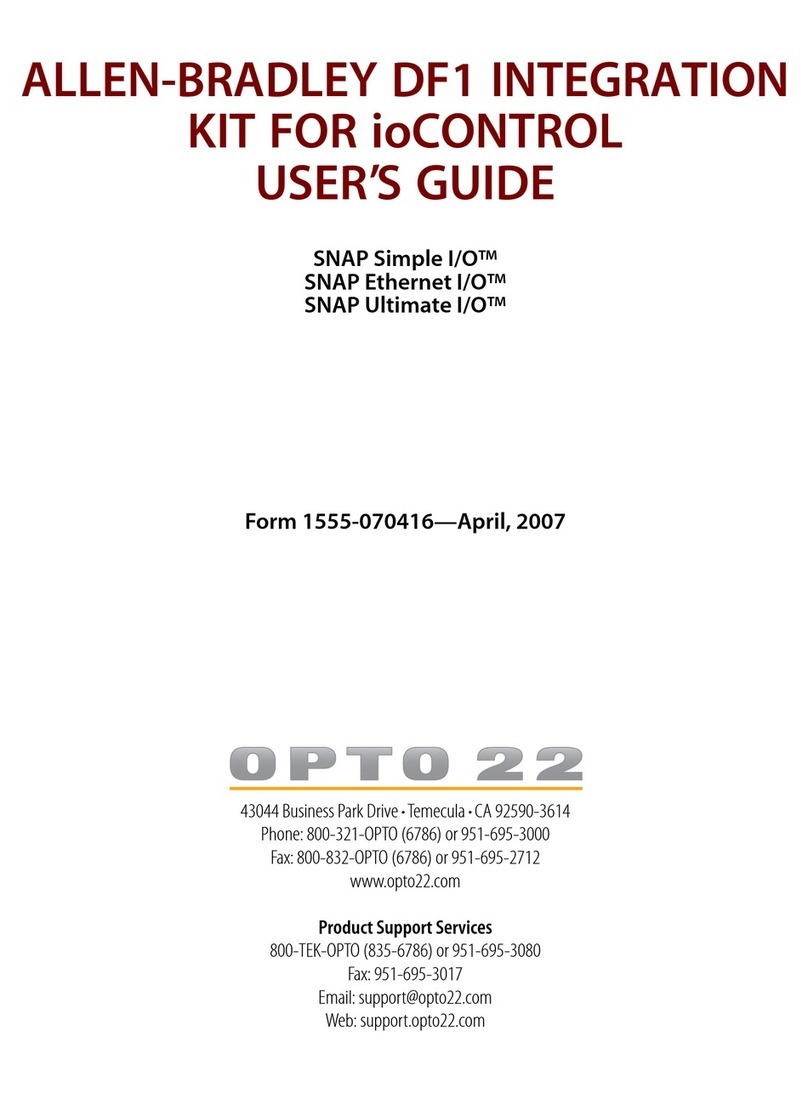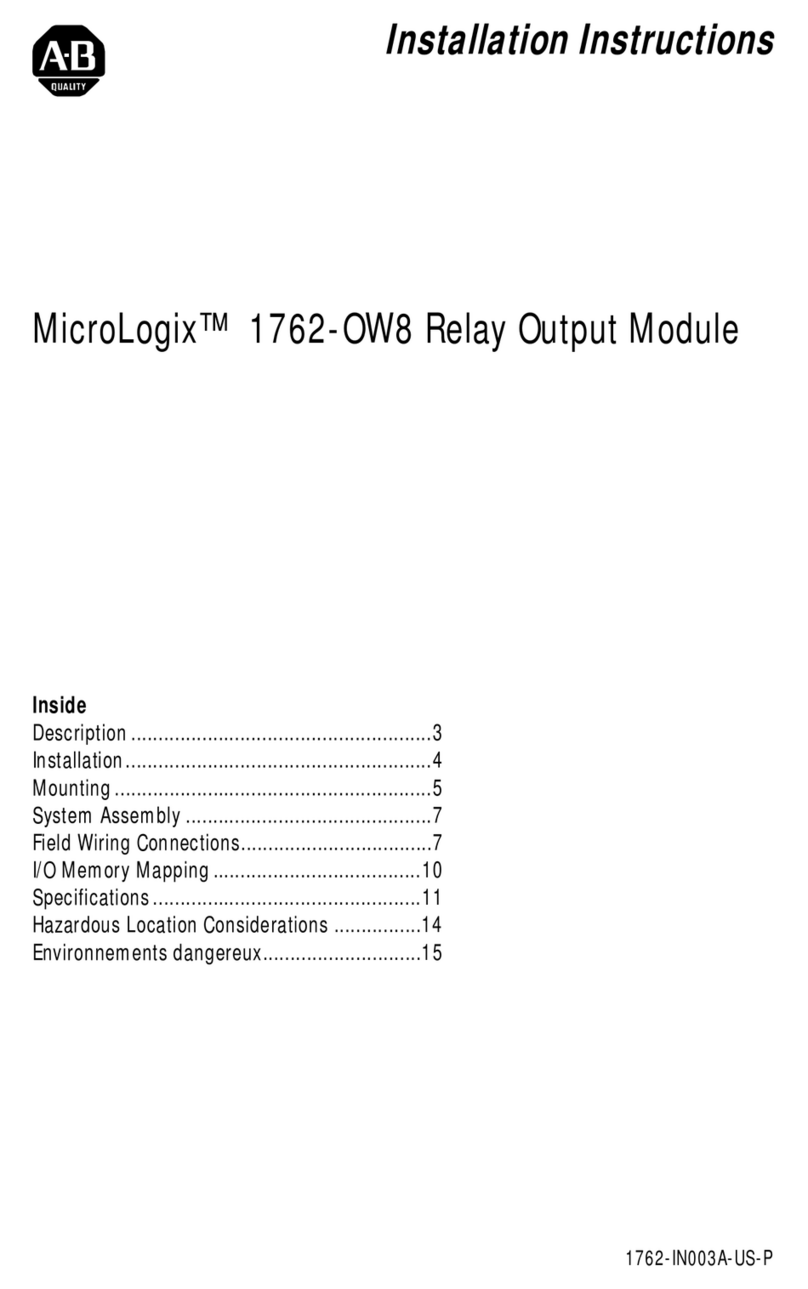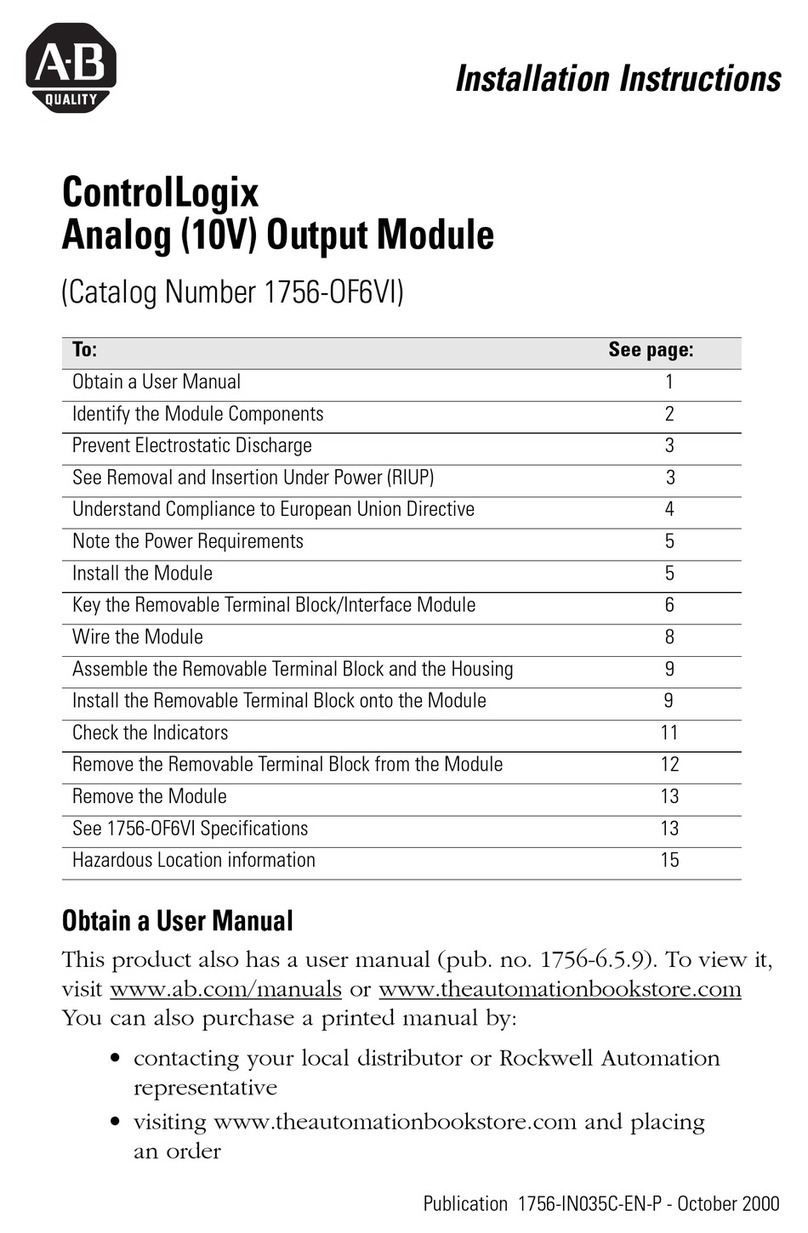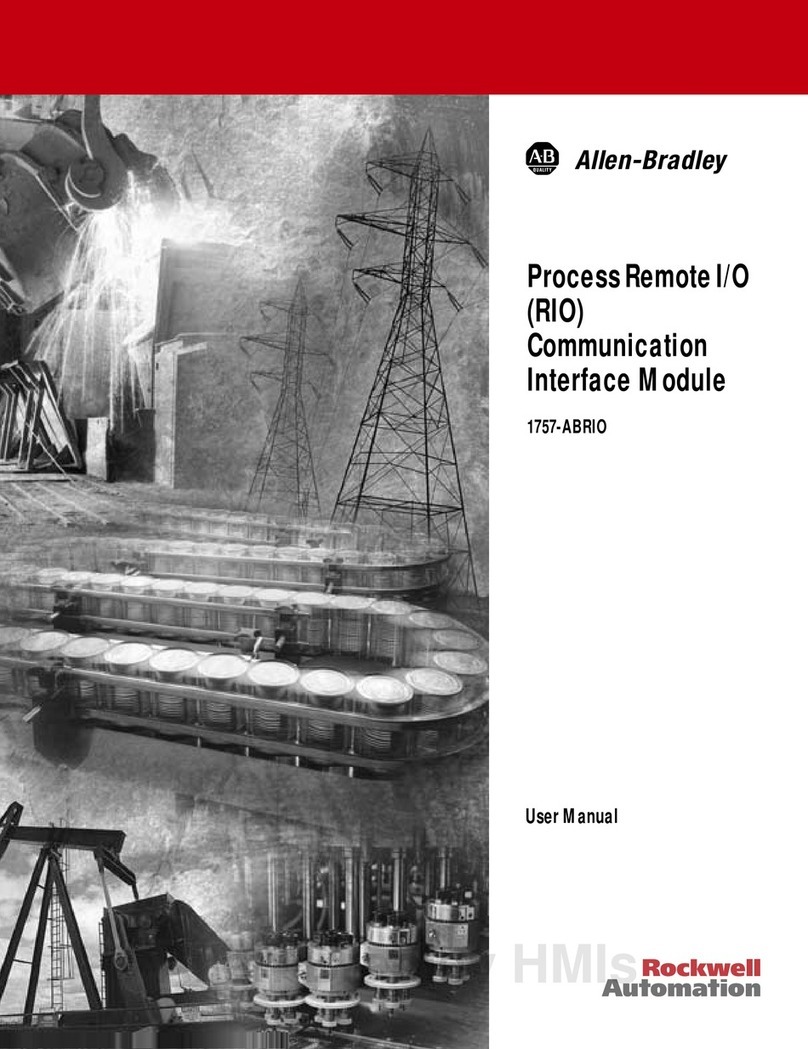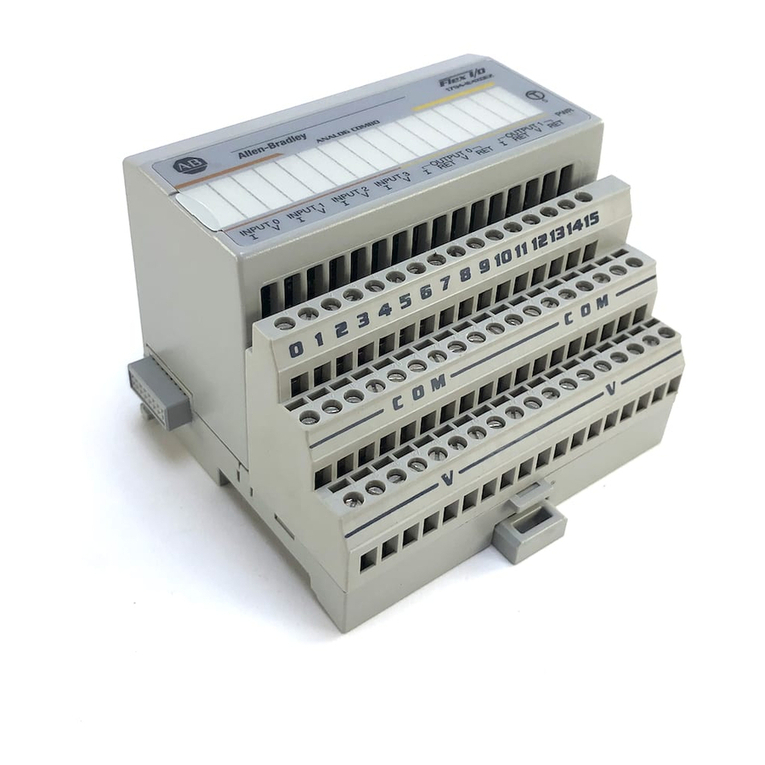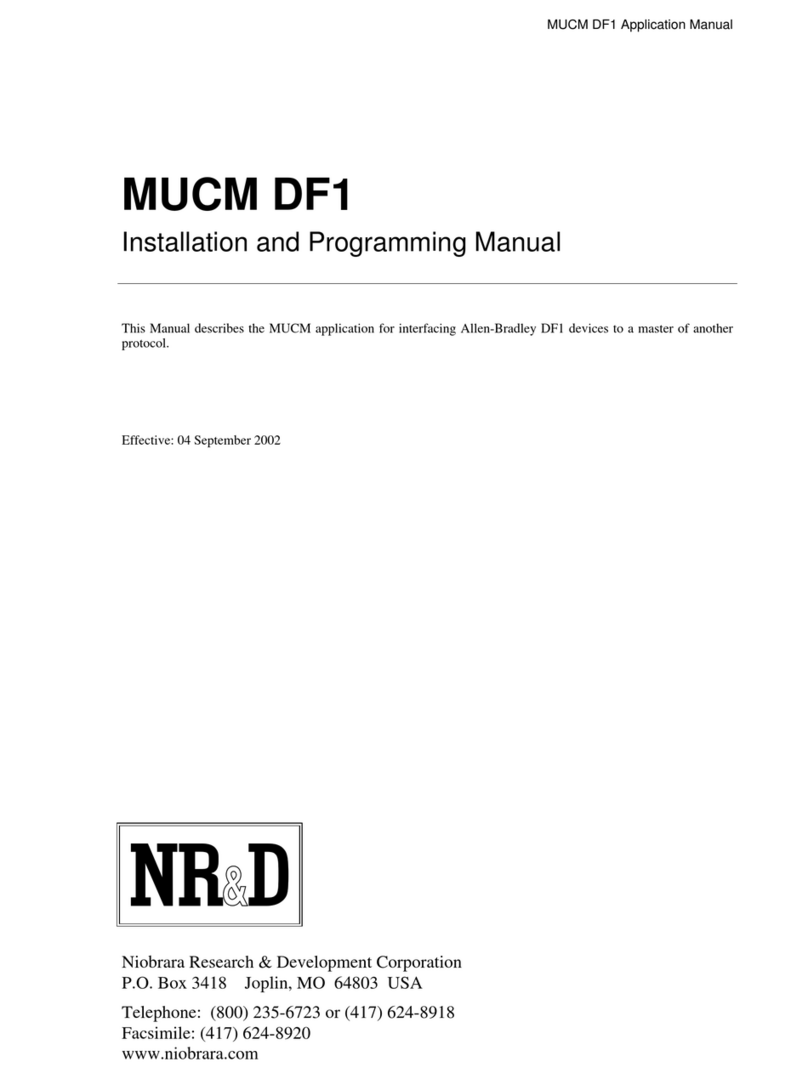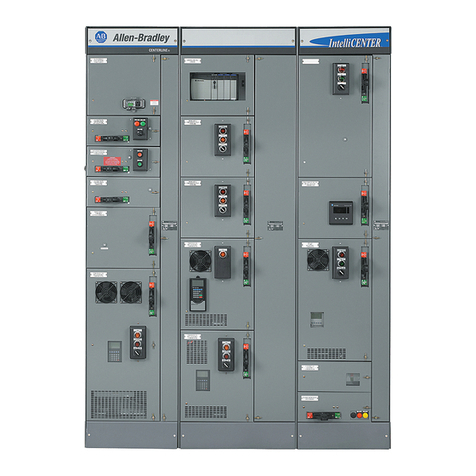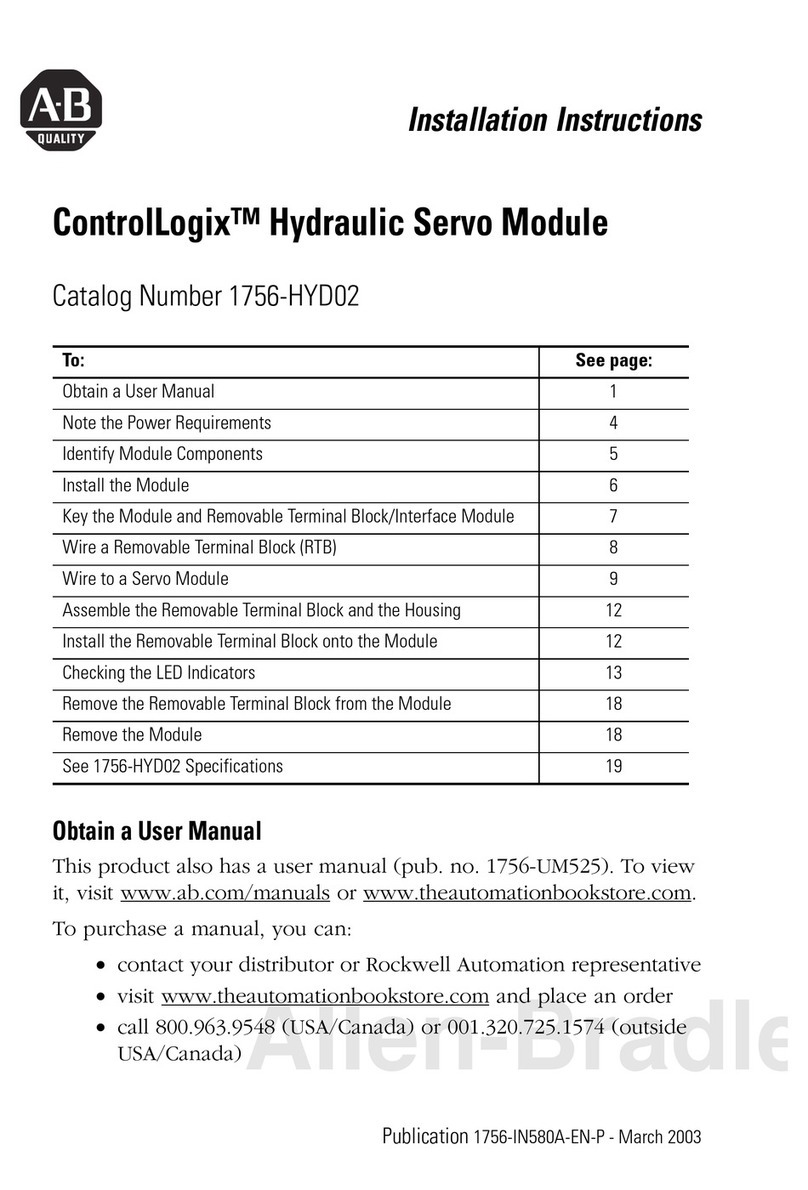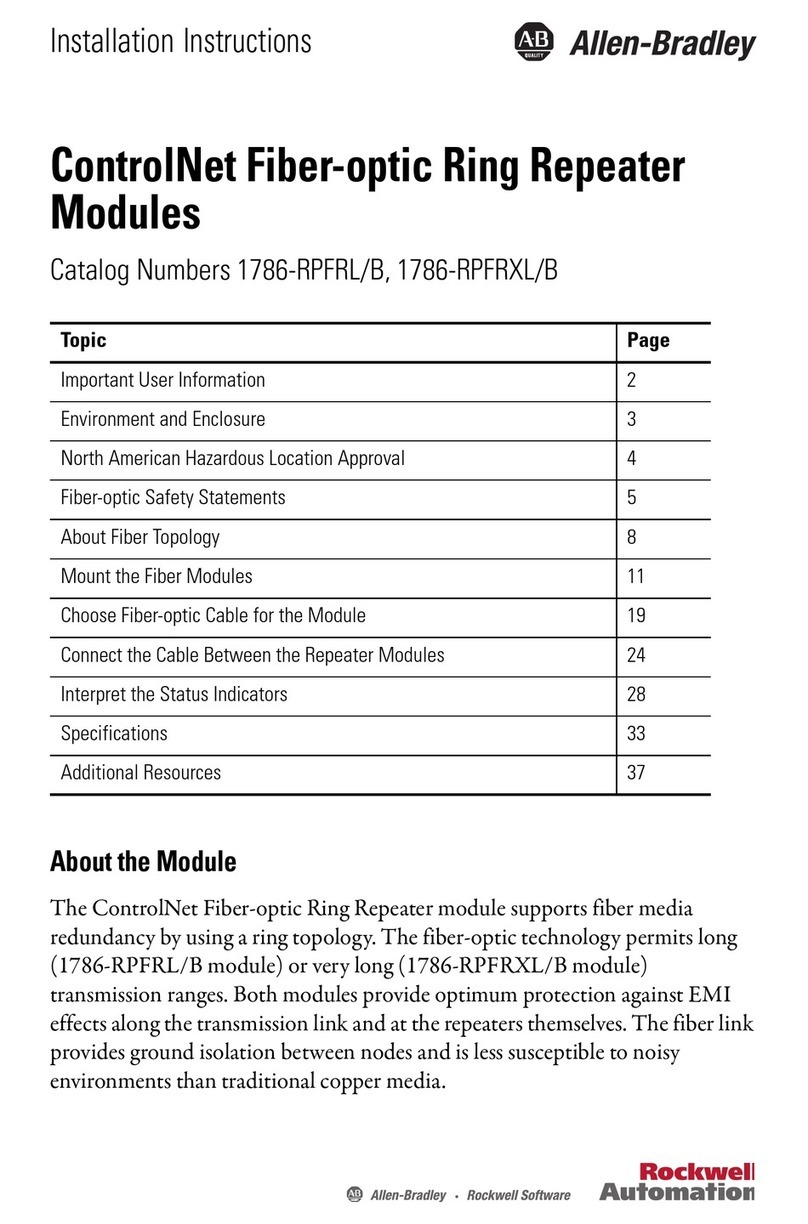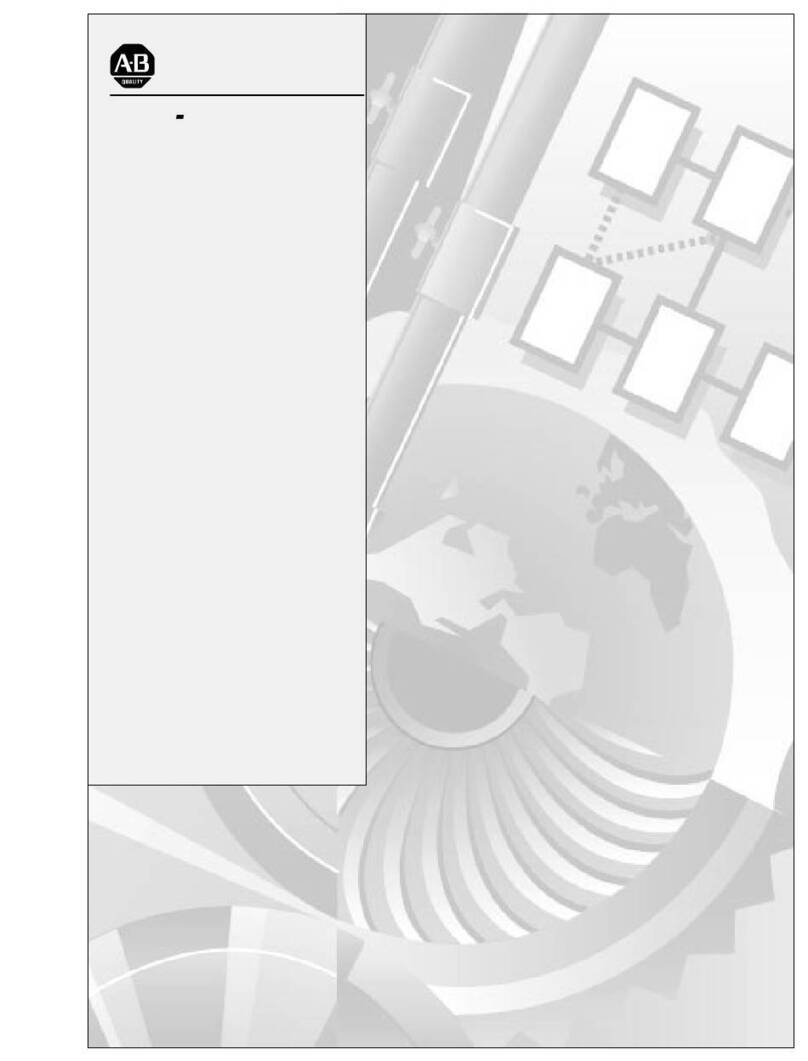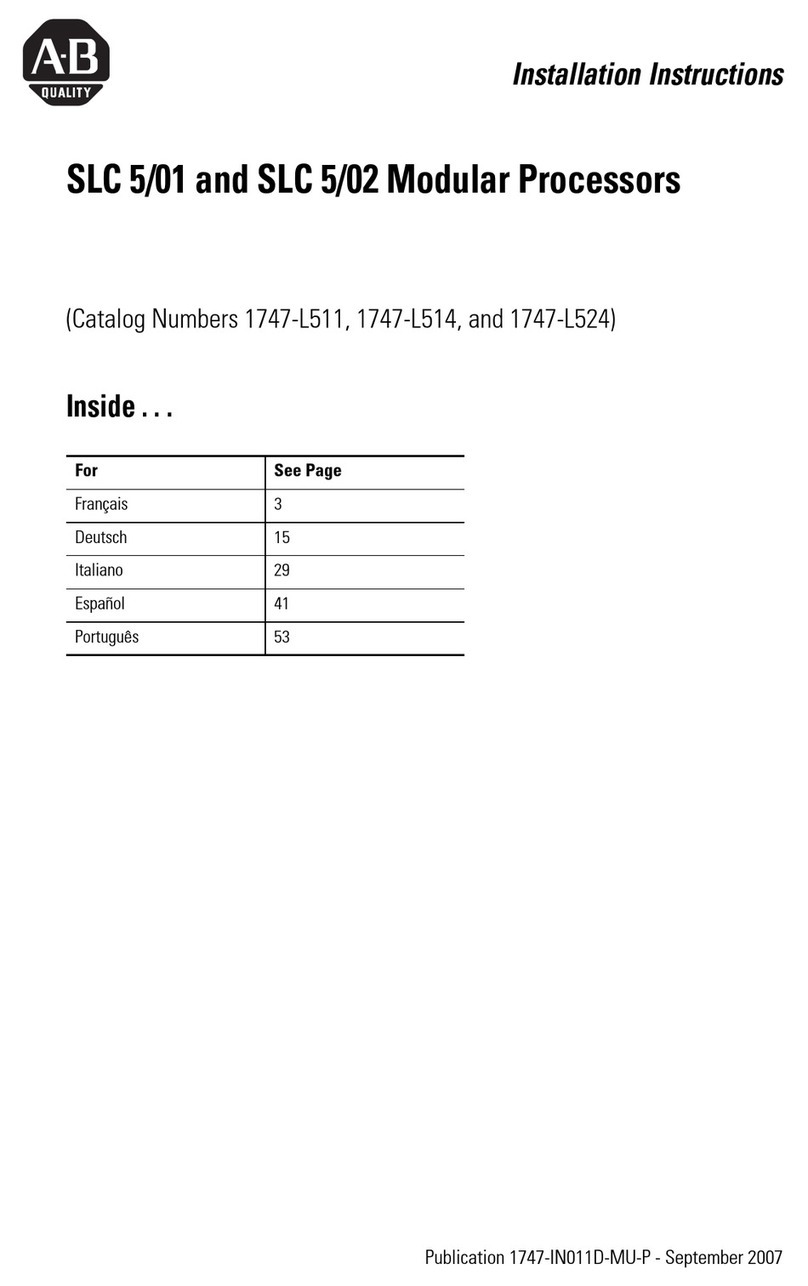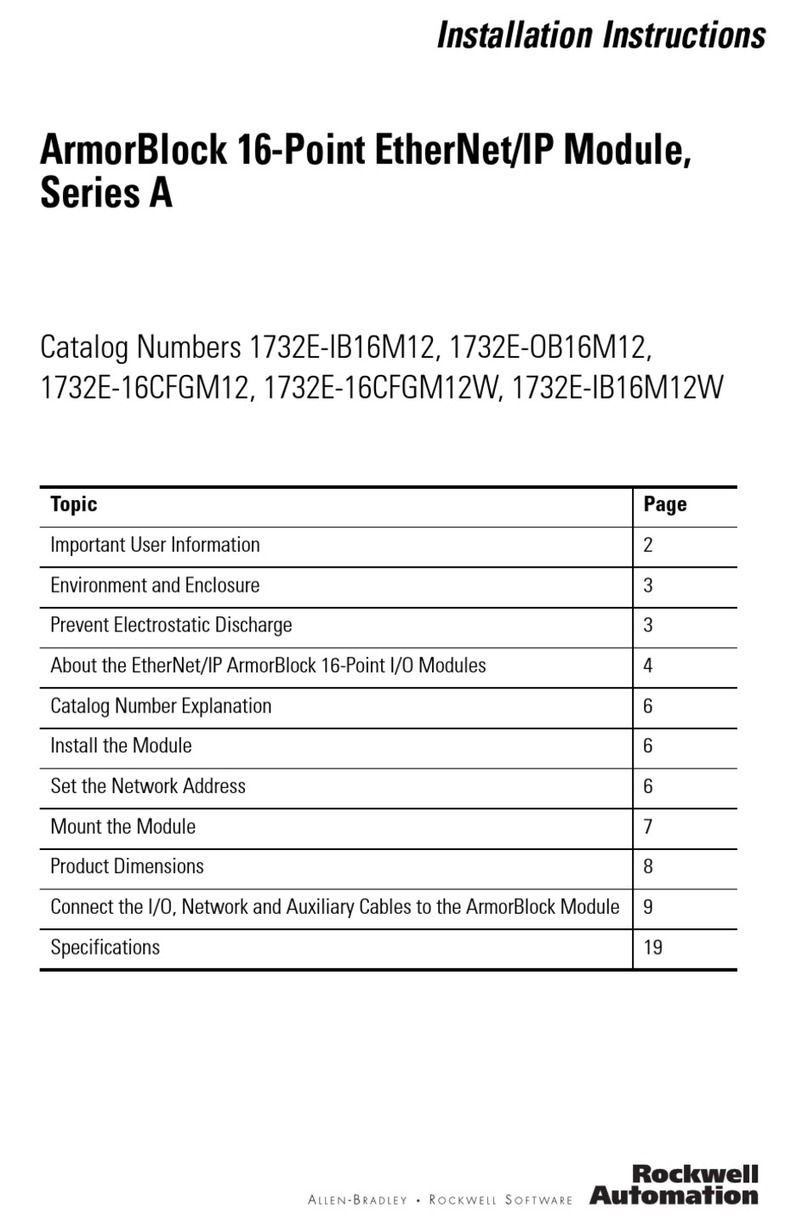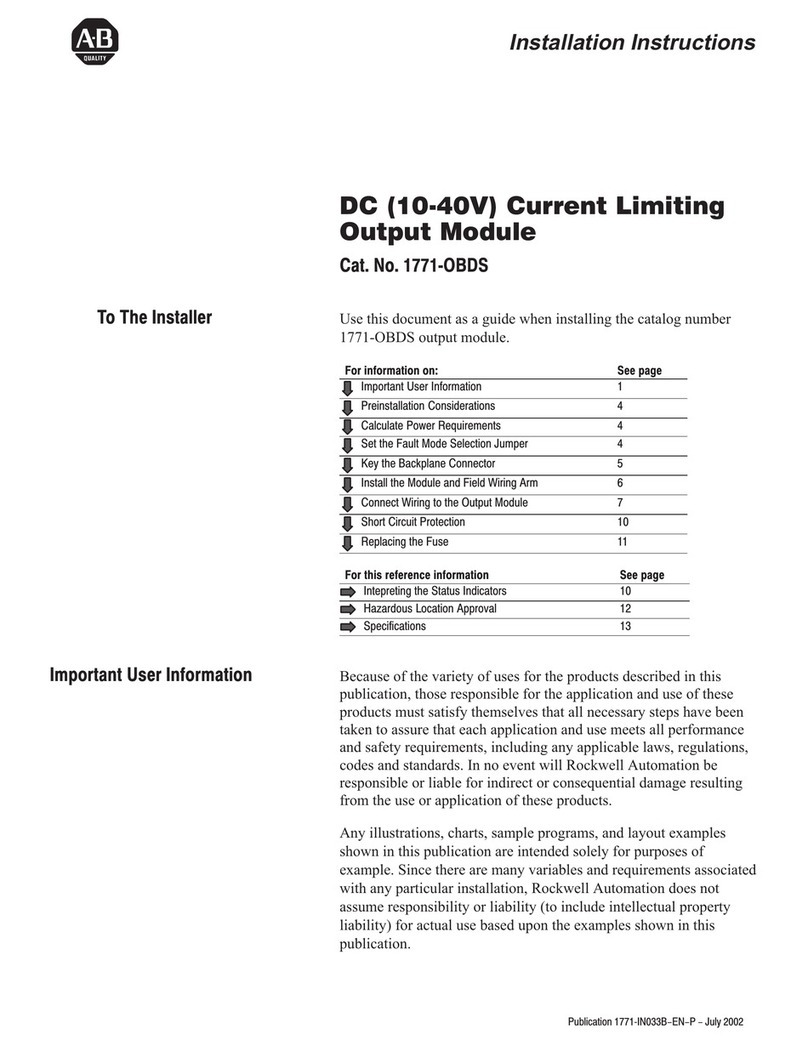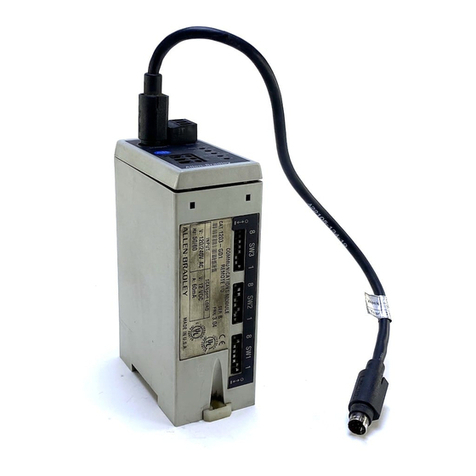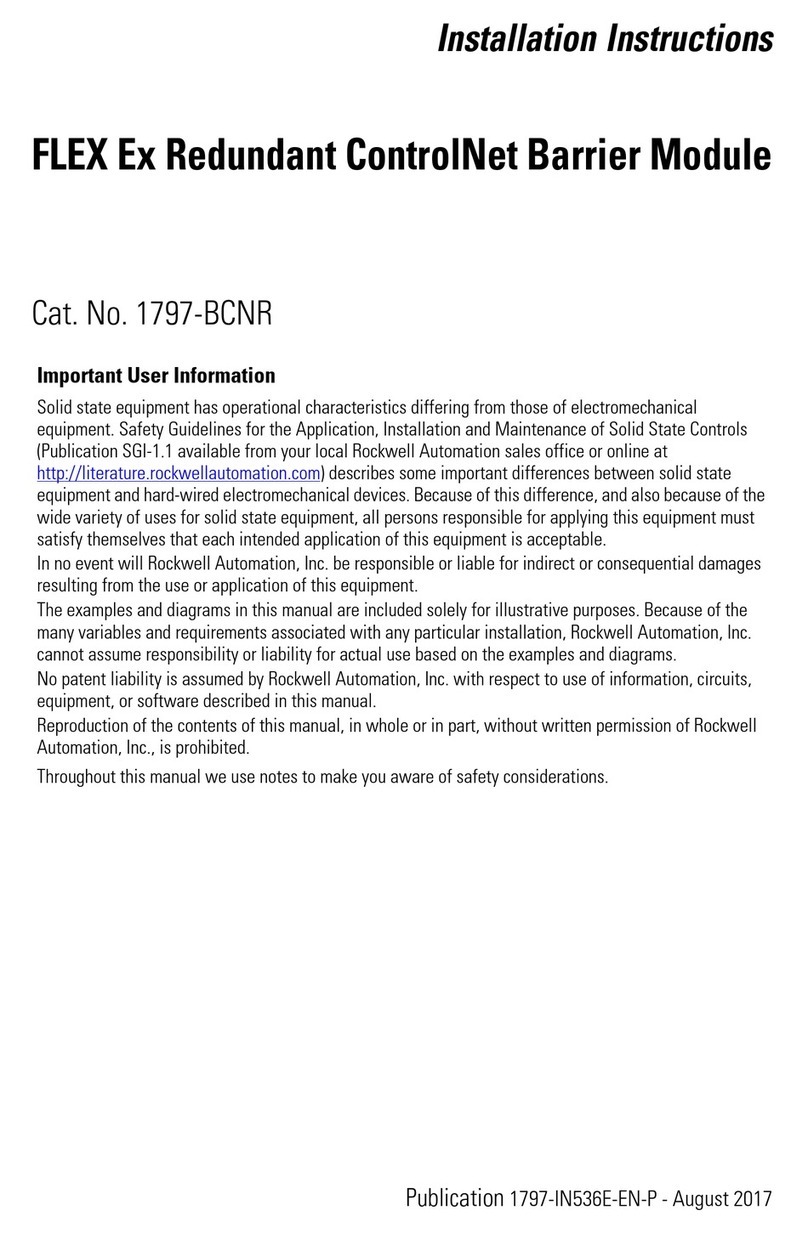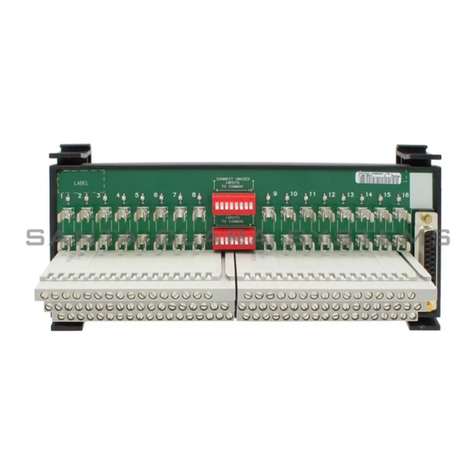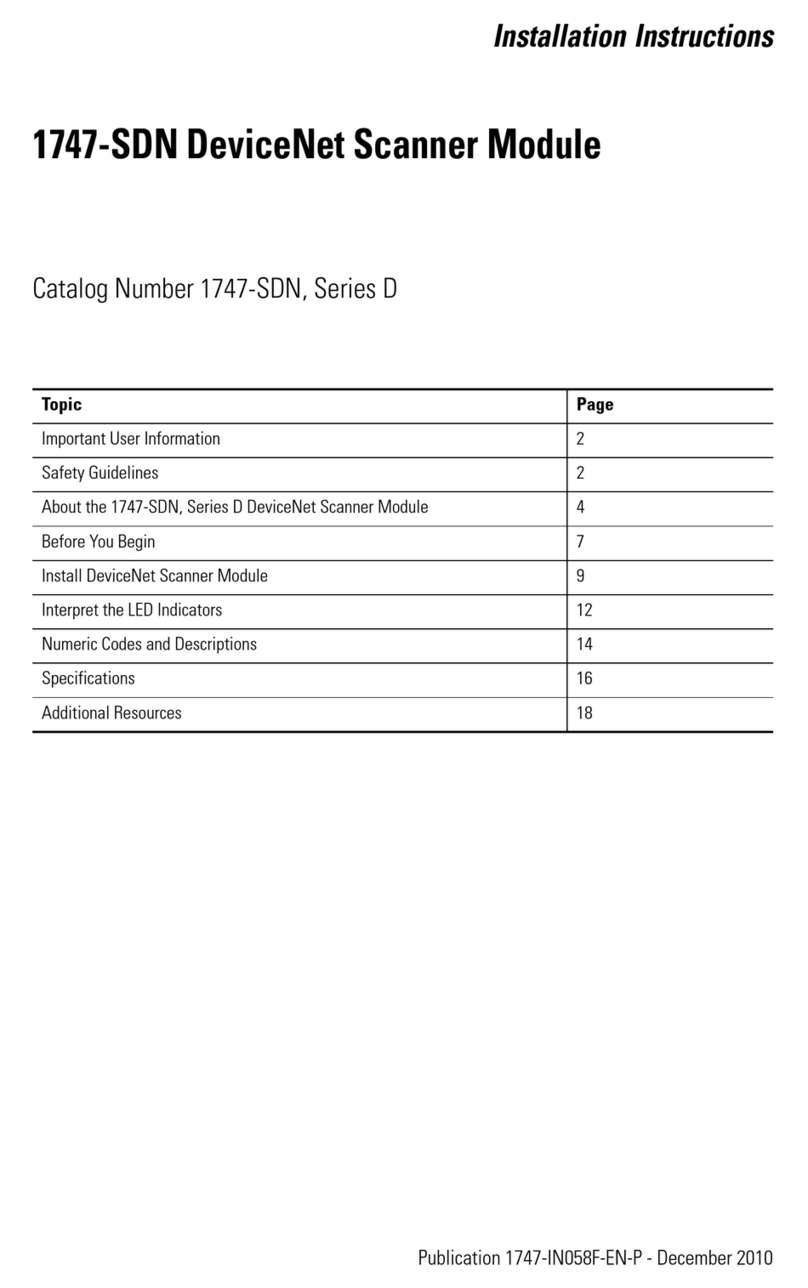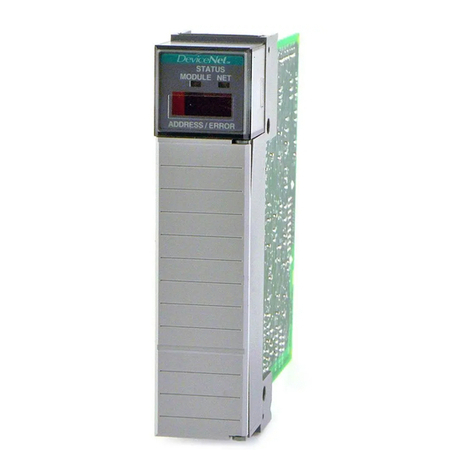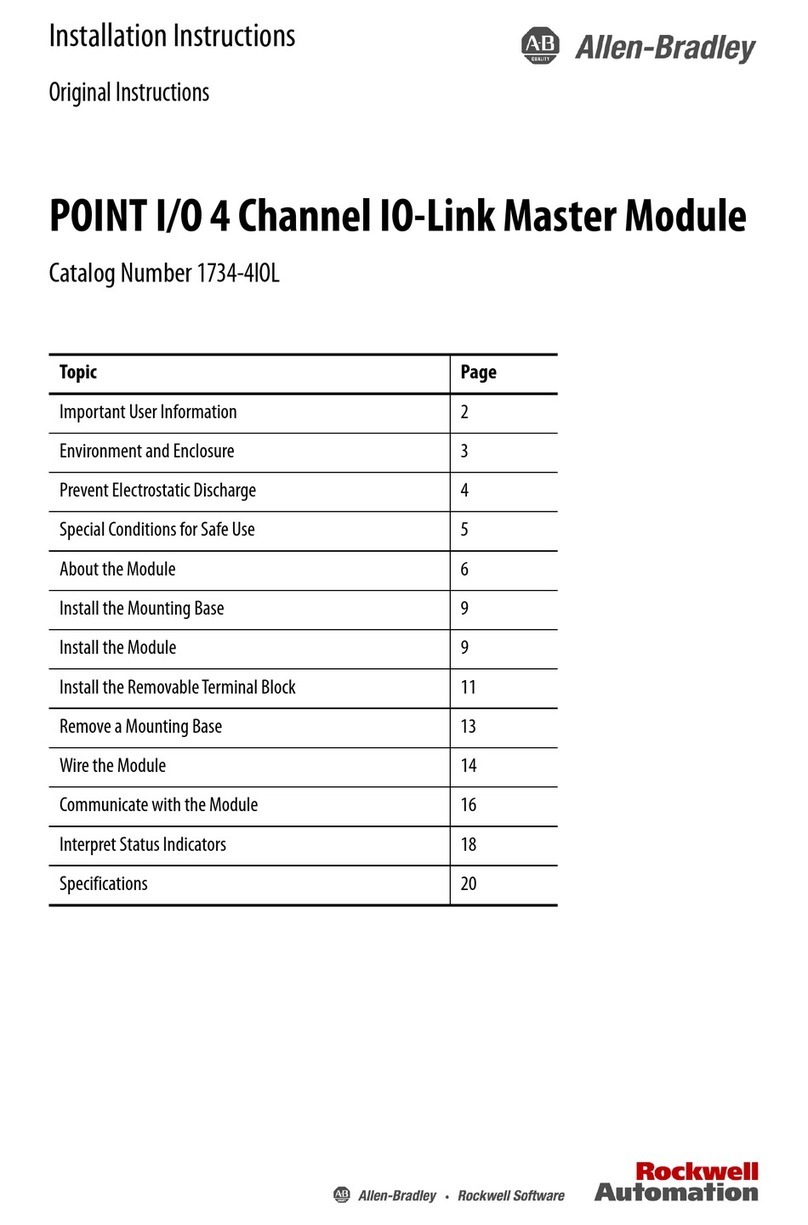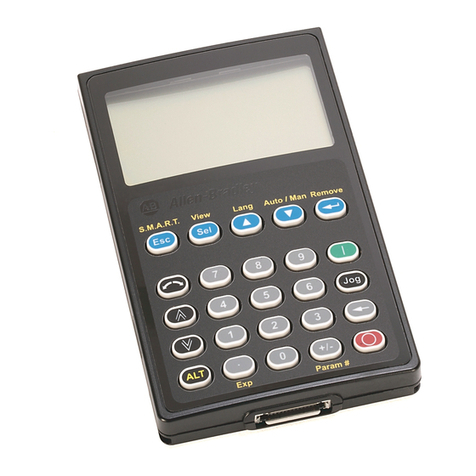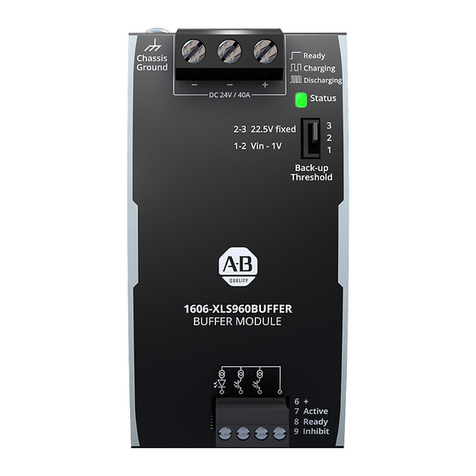!"#$%&'(#"&)*$+*, &&-.&.&.&.&.&.&.&.&.&.&.&.&.&.&.&.&.&.&.&.&.&.&.&.&.&.&.&.&.&.&.&
!"#$%&'
()*+&,%-.&/
((01(1(1(1(1(1(1(1(1(1(1(1(1(1(1(1(1(1(1(1(1(1(1(1(1(1(1(1(1(1(1(1(1(1(1(
23'$4/&(45(6"-/(7#83#9 ((0
1(1(1(1(1(1(1(1(1(1(1(1(1(1(1(1(1(1(1(1(1(1(1(1(1(1(1(1(1(1(1(
:"4(;"439<(=&#<(6"-/(7#83#9 ((0
1(1(1(1(1(1(1(1(1(1(1(1(1(1(1(1(1(1(1(1(1(1(1(1(1(1(
;&'-&/(>(?8"#8,&@&8%/ ((A
1(1(1(1(1(1(1(1(1(1(1(1(1(1(1(1(1(1(1(1(1(1(1(1(1(1(1(1(1(1(1(
B'&C3&8%9D(E/&<(6&'@/ ((A
1(1(1(1(1(1(1(1(1(1(1(1(1(1(1(1(1(1(1(1(1(1(1(1(1(1(1(1(1(1(1(
2'&,#3%-48#'D(F4%&/ ((G
1(1(1(1(1(1(1(1(1(1(1(1(1(1(1(1(1(1(1(1(1(1(1(1(1(1(1(1(1(1(1(1(1(1(
=&9#%&<(2'4<3,%/ ((G
1(1(1(1(1(1(1(1(1(1(1(1(1(1(1(1(1(1(1(1(1(1(1(1(1(1(1(1(1(1(1(1(1(1(1(1(
=&9#%&<
($3*9-,#%-48/
((H1(1(1(1(1(1(1(1(1(1(1(1(1(1(1(1(1(1(1(1(1(1(1(1(1(1(1(1(1(1(1(1(1(1(
/0120#13&45&6(1&789:;<=&*$>&?*6*&@#%(3*A&B,+" &&7.&.&.&.&.&.&.&.&
!"#$%&'
()*+&,%-.&/
((I1(1(1(1(1(1(1(1(1(1(1(1(1(1(1(1(1(1(1(1(1(1(1(1(1(1(1(1(1(1(1(1(1(1(1(
:"#%(-/(%"&(IJKHLM?(74<39&N ((I
1(1(1(1(1(1(1(1(1(1(1(1(1(1(1(1(1(1(1(1(1(1(1(1(1(1(1(
:"#%(-/(O#%#(P-Q"R#D(293/N ((0
1(1(1(1(1(1(1(1(1(1(1(1(1(1(1(1(1(1(1(1(1(1(1(1(1(1(1(1(
6"&(2"D/-,#9(S-8T(S#D&' ((A
1(1(1(1(1(1(1(1(1(1(1(1(1(1(1(1(1(1(1(1(1(1(1(1(1(1(1(1(1(1(1(
O&9-.&'D()'<&'(45(!4@@#8</ ((J
1(1(1(1(1(1(1(1(1(1(1(1(1(1(1(1(1(1(1(1(1(1(1(1(1(1(1(
U$$9-,#%-48/ ((K
1(1(1(1(1(1(1(1(1(1(1(1(1(1(1(1(1(1(1(1(1(1(1(1(1(1(1(1(1(1(1(1(1(1(1(1(1(1(1(1(
C$"6*,,#$%&6(1&789:;<= &&7.&.&.&.&.&.&.&.&.&.&.&.&.&.&.&.&.&.&.&.&.&.&.&.&.&.&.&.&
!"#$%&'
()*+&,%-.&/
((I1(1(1(1(1(1(1(1(1(1(1(1(1(1(1(1(1(1(1(1(1(1(1(1(1(1(1(1(1(1(1(1(1(1(1(
;&%%-8Q
(%"&(!4@@38-,#%-48()$%-48(;R-%,"&/
((I1(1(1(1(1(1(1(1(1(1(1(1(1(1(1(1(1(
;R-%,"(U//&@*9D(;:LIV(=;L0A0L!(S-8T(B&#%3'&/ ((A
1(1(1(1(1(1(1(1(1(1(1(1(1(
;R-%,"(U//&@*9D(;:L0V(O#%#(P-Q"R#D(293/(F4<&(U<<'&// ((H
1(1(1(1(1(1(
;R-%,"(U//&@*9D(;:LAV(!4@@38-,#%-48(=#%&/(#8<(
S4,#9W=&@4%&()$%-48
((K1(1(1(1(1(1(1(1(1(1(1(1(1(1(1(1(1(1(1(1(1(1(1(1(1(1(1(1(1(1(1(
;R-%,"(U//&@*9D(;:LG ((X
1(1(1(1(1(1(1(1(1(1(1(1(1(1(1(1(1(1(1(1(1(1(1(1(1(1(1(1(1(1(
7438%-8Q(%"&(IJKHLM?(74<39& ((IY
1(1(1(1(1(1(1(1(1(1(1(1(1(1(1(1(1(1(1(1(1(1(1(1(1(1(
7#T-8Q(!488&,%-48/(%4(%"&(IJKHLM? ((II
1(1(1(1(1(1(1(1(1(1(1(1(1(1(1(1(1(1(1(1(1(1(
24R&'-8Q(E$(%"&(IJKHLM?(74<39& ((IA
1(1(1(1(1(1(1(1(1(1(1(1(1(1(1(1(1(1(1(1(1(1(1(1(
D4$$1E6#$%
&F
4+2&GH;-I-;D&?10#E1&64&6(1&789:;<= &&7.&.&.&.&.&.&.&
!"#$%&'
()*+&,%-.&/
((I1(1(1(1(1(1(1(1(1(1(1(1(1(1(1(1(1(1(1(1(1(1(1(1(1(1(1(1(1(1(1(1(1(1(1(
6"&(=;L0A0L!(2)=6(!488&,%4' ((I
1(1(1(1(1(1(1(1(1(1(1(1(1(1(1(1(1(1(1(1(1(1(1(1(1(
?9&,%'-,#9(!"#'#,%&'-/%-,/(45(%"&(=;L0A0L!(24'% ((0
1(1(1(1(1(1(1(1(1(1(1(1(1(1(1(
!"#'#,%&'(6'#8/@-//-48 ((0
1(1(1(1(1(1(1(1(1(1(1(1(1(1(1(1(1(1(1(1(1(1(1(1(1(1(1(1(1(1(1(
!#*9-8Q(54'(Z43'(=;L0A0L!(O&.-,& ((A
1(1(1(1(1(1(1(1(1(1(1(1(1(1(1(1(1(1(1(1(1(1(1(1(
O-'&,%(!488&,%-48(%4(#(!4@$3%&' ((H
1(1(1(1(1(1(1(1(1(1(1(1(1(1(1(1(1(1(1(1(1(1(1(1(1(
!488&,%-48(%4(U84%"&'(!4@@38-,#%-48(74<39& (([
1(1(1(1(1(1(1(1(1(1(1(1(1(1(1(
!488&,%-48(%4(#(74<&@ ((K
1(1(1(1(1(1(1(1(1(1(1(1(1(1(1(1(1(1(1(1(1(1(1(1(1(1(1(1(1(1(1(
!"44/-8Q(#(74<&@(54'(24-8%L%4L24-8%WB399LO3$9&\(U$$9-,#%-48/ ((X
1(1(1(1(
E/-8Q(%"&(IJKHLM?(-8(#8(U3%4LU8/R&'(U$$9-,#%-48 ((II
1(1(1(1(1(1(1(1(1(1(1(1(1(
Table of Contents

